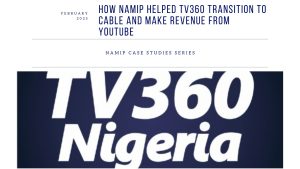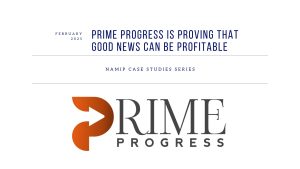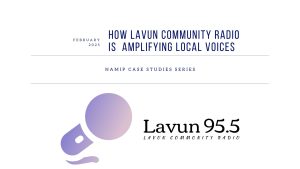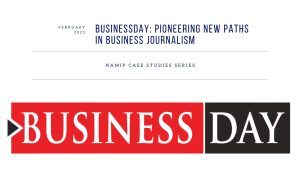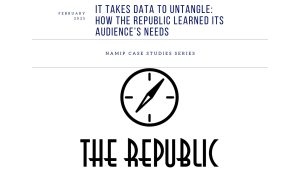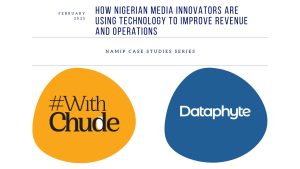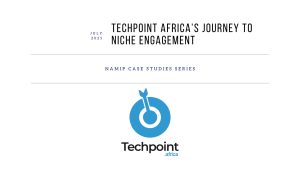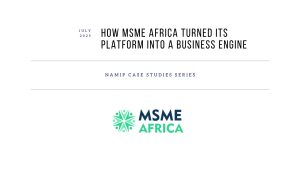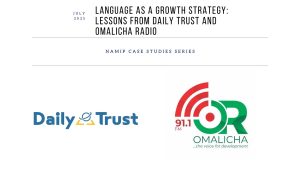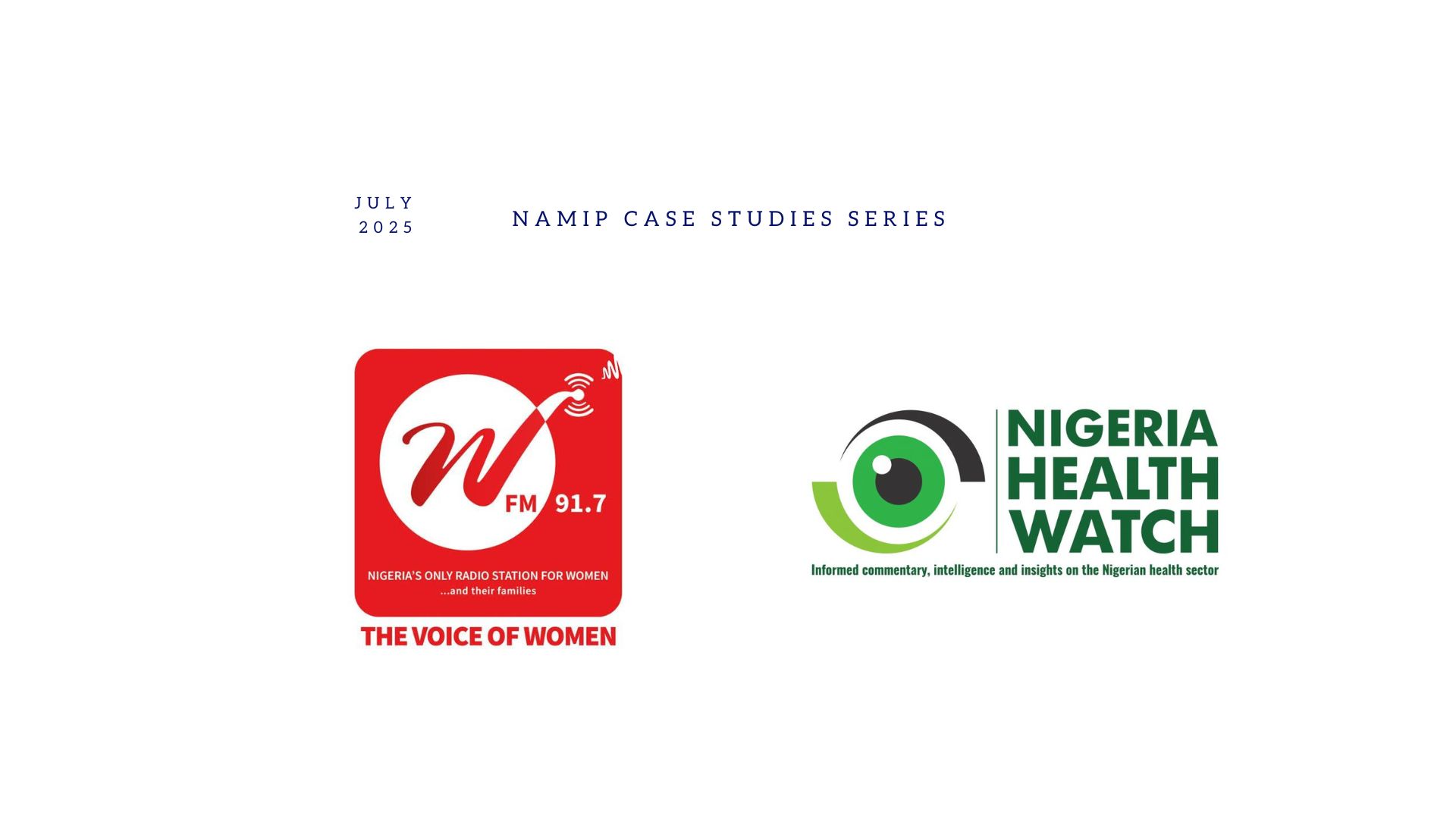
Nigeria Health Watch & Women Radio
Media Collaboration as a Catalyst: Lessons from Nigeria Health Watch and Women Radio
Nigeria Health Watch and Women Radio 91.7 are very different organisations. One runs a health communication and advocacy organisation, while the other is Nigeria’s only radio station fully focused on women and their families.
They speak to different audiences, they work in different formats but during their time with the Nigeria Media Innovation Program (NAMIP), both organisations found ways to improve how they work, through collaboration, smarter systems, and a clearer focus on sustainability.
Click Here to Download NAMIP’s 3 Year Impact Report
Working Together for Bigger Impact
For Women Radio, collaboration became a way to grow beyond their base in the southwest. They teamed up with other NAMIP cohort members like WikiTimes, CJID, Premium Times, and even Nigeria Health Watch to co-create stories, expand coverage, and reach more listeners.
In partnership with WikiTimes, they supported a reporting series on women’s issues in northern Nigeria. With CJID, they co-developed Nimi AI, a digital radio host designed to give women someone to talk to, especially those who can’t afford or access therapy. And with Omalicha Radio, they built a show on corruption that aired across the southeast and southwest
These collaborations helped Women Radio break out of its southwest base and reach new audiences across the country.
For Nigeria Health Watch, collaboration was less about reach and more about changing the practice of journalism itself. Through their Solutions Journalism Africa Initiative, they worked with six other media organisations in the NAMIP cohort (including Women Radio) to promote journalism that doesn’t just report problems but highlights responses and what’s working.
Nigeria Health Watch sees solutions journalism as a way to rebuild public trust and drive more nuanced reporting. Their approach was training, mentorship, funding, and editorial guidance designed to equip newsrooms to go beyond headlines and highlight what is working, especially outside capital cities.
Making the Back-End Work Smarter
While these media organisations expanded their reach, NAMIP also encouraged both teams to take a closer look inward. With regular check-ins and follow-ups, it became clear what was working, what wasn’t, and where improvements were needed.
For Women Radio, the internal focus was about structure. With NAMIP support, they brought in their first business development lead, a dedicated product strategist, and a full-time social media manager. They began defining their offerings, newsletter ad spaces, sponsored podcasts, and built strategies to generate revenue around each.
They also redesigned their website, adding analytics tools and AI features to improve user experience and track performance. A stronger digital presence gave them new ways to understand and engage their audience.
At Nigeria Health Watch, the transformation focused on workflow and editorial management. They migrated planning and assignments to Asana, with NAMIP’s support, they conducted a market survey to inform the planned launch of a new editorial product called Health Intel and began development of AI tools to support live event coverage and archival story searches. Their solutions journalism archive became easier to access and deploy. They also optimised up their newsletter list by 80%, making it more targeted.
Their Journey and Transformation
Between 2022 and 2024, Women Radio increased its revenue by over 53%, reflecting the impact of its expanded reach and stronger presence across regions. They are now planning to launch five more community stations across Nigeria and are building a national network for women-led content.
Nigeria Health Watch deepened its editorial systems, refined its product thinking, and adopted new technologies to streamline newsroom operations. The organisation maintained financial stability, recording a 27% increase in revenue between 2022 and 2024. Their work through the Solutions Journalism Africa Initiative helped improve reporting across the cohort and the sector, not just in their newsroom.
Both teams are still experimenting. They’re still figuring things out. But they are doing it with better tools, clearer goals, and a stronger understanding of what makes their work sustainable.
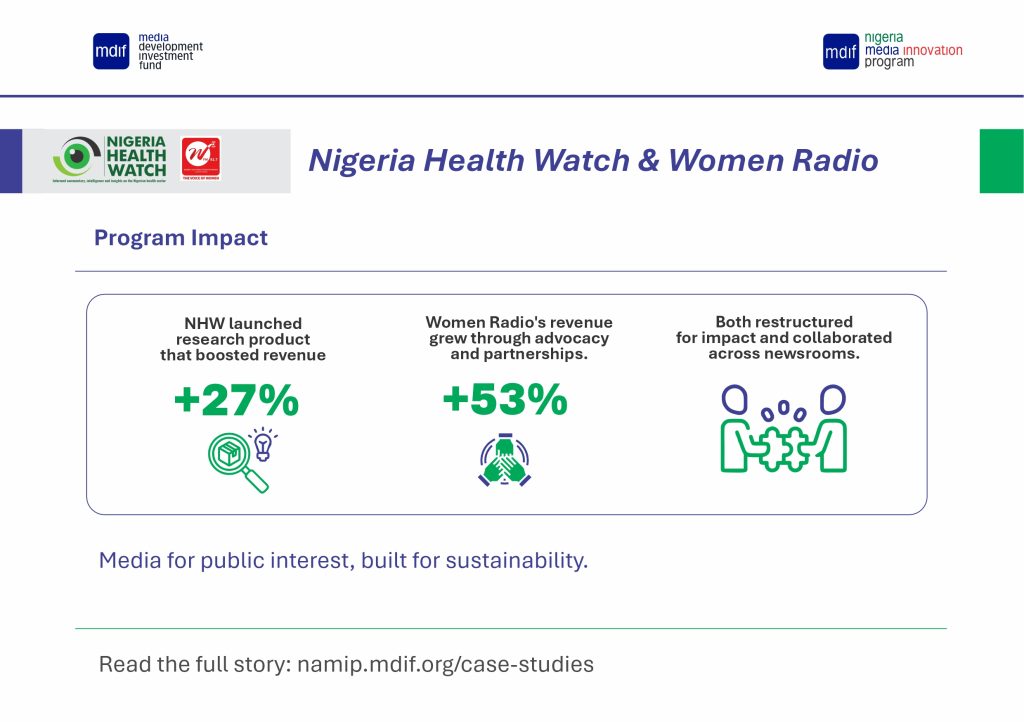
Lessons Learned From The Newsrooms
The experiences of Women Radio and Nigeria Health Watch as part of the NAMIP cohort show that transformation in public interest media doesn’t follow a single blueprint. While each organisation approached change differently, both demonstrated how structured support, collaboration, and internal rethinking can position media platforms for long-term relevance.
For Women Radio, the shift toward product clarity and regional partnerships helped redefine how the organisation sees itself, not just as a broadcaster, but as a platform for national engagement on gender-focused issues. Their collaborations helped bridge geographic gaps, while internal restructuring laid the groundwork for stronger business systems.
Nigeria Health Watch, on the other hand, leaned into workflow improvements and strategic storytelling. Their focus on building sector-wide capacity through solutions journalism, alongside experiments with AI tools and editorial product design, points to a sustainable model rooted in clarity and purpose.
Together, these two stories highlight the importance of meeting organisations where they are. Targeted media development and support interventions such as NAMIP help each platform focus on what mattered most, whether that was improving internal systems, scaling reach, or identifying new opportunities for impact and revenue.
Click Here to Download NAMIP’s 3 Year Impact Report

